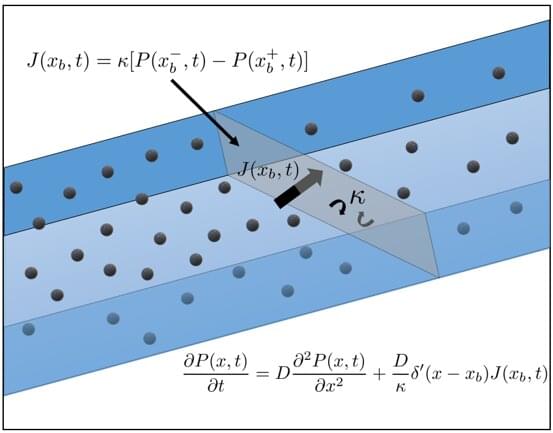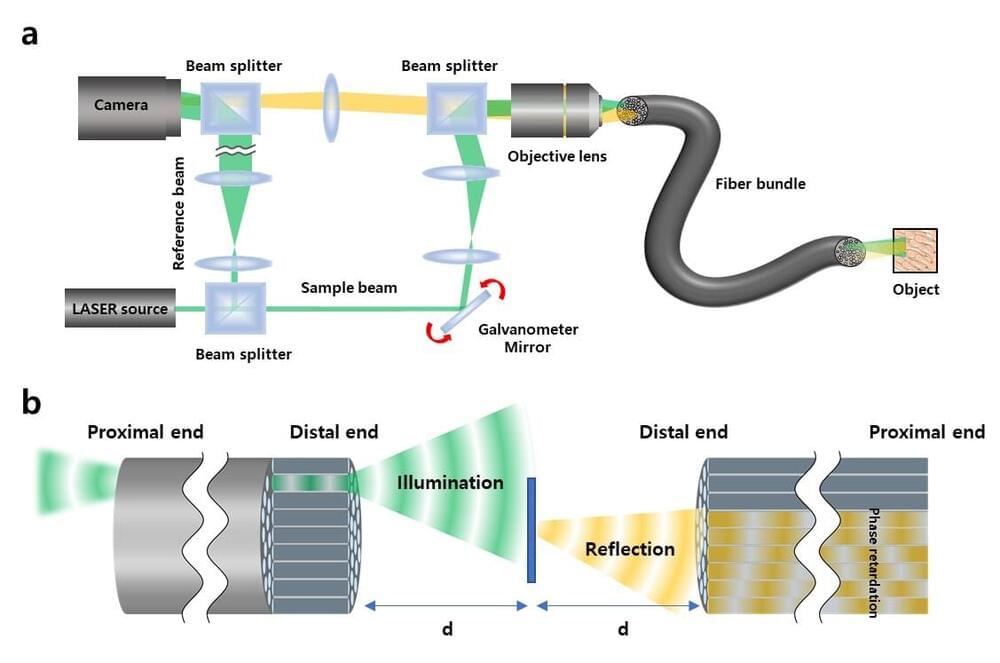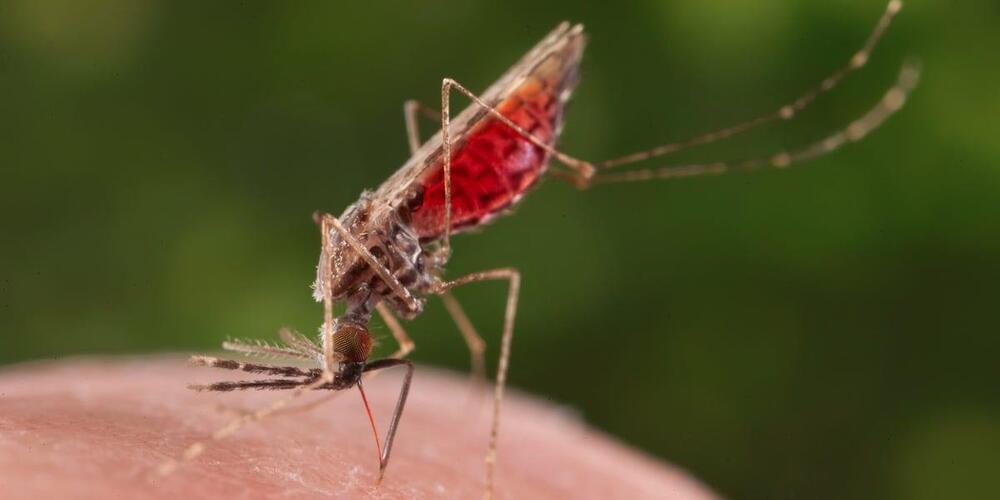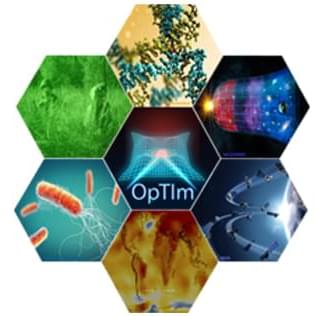University of Texas at Dallas physicists and their collaborators at Yale University have demonstrated an atomically thin, intelligent quantum sensor that can simultaneously detect all the fundamental properties of an incoming light wave.
The research, published April 13 in the journal Nature, demonstrates a new concept based on quantum geometry that could find use in health care, deep-space exploration and remote-sensing applications.
“We are excited about this work because typically, when you want to characterize a wave of light, you have to use different instruments to gather information, such as the intensity, wavelength and polarization state of the light. Those instruments are bulky and can occupy a significant area on an optical table,” said Dr. Fan Zhang, a corresponding author of the study and associate professor of physics in the School of Natural Sciences and Mathematics.








